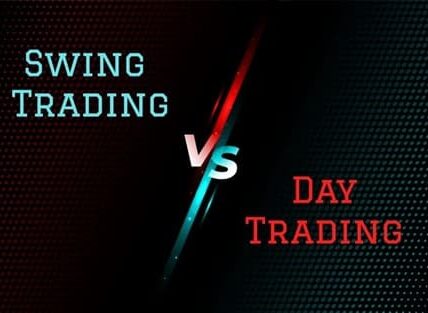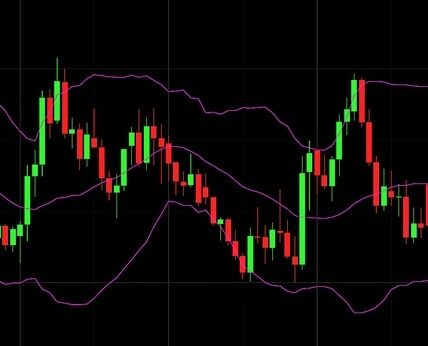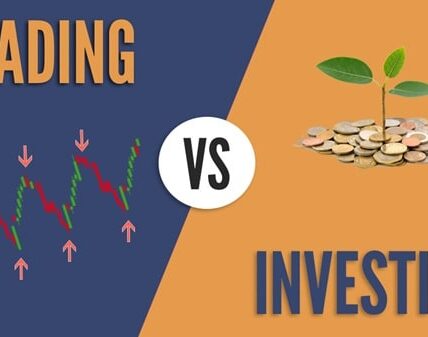When you start trading in the stock market, you’ll come across several types of orders. Among the most common and important ones are Market Orders, Limit Orders, and Stop Loss Orders. Understanding how these work can make a huge difference in managing your trades effectively and minimizing risk.
Whether you’re a beginner or an experienced trader, knowing when and how to use these orders can help you trade smarter and avoid costly mistakes.

What Is a Market Order?
A Market Order is the simplest type of order you can place when buying or selling a stock or any financial instrument. It tells your broker to execute the trade immediately at the current market price.
For example, if the current market price of Reliance Industries is ₹2,500 per share and you place a market buy order for 10 shares, your order will be executed instantly at the best available price — which might be close to ₹2,500, depending on market liquidity.
Features of Market Orders:
- Executed immediately at the best available price
- Ideal for traders who want to enter or exit a position quickly
- No price control — the execution price may differ slightly due to volatility
When to Use a Market Order:
- When you need immediate execution
- When trading highly liquid stocks
- When the price difference between bid and ask is small
Example:
You want to buy Infosys stock urgently before an announcement. You place a market order — your trade is executed instantly at the current price, say ₹1,650 per share.
What Is a Limit Order?
A Limit Order allows you to set a specific price at which you want to buy or sell a stock. The order will only be executed if the market reaches that price or better.
For example, if you want to buy HDFC Bank shares but think ₹1,500 is too high, you can place a buy limit order at ₹1,450. Your order will only execute when the stock’s price falls to ₹1,450 or lower.
Features of Limit Orders:
- Gives you complete price control
- Execution is not guaranteed — the market must hit your specified price
- Useful when you’re waiting for a favorable price
When to Use a Limit Order:
- When you’re not in a hurry to buy or sell
- When the stock is volatile and you want to control the entry or exit price
- When you want to avoid overpaying or underselling
Example:
Let’s say TCS stock is trading at ₹3,600, but you want to buy it at ₹3,550. You place a buy limit order at ₹3,550. If the price drops to ₹3,550, your order gets executed; if not, it stays pending.
What Is a Stop Loss Order?
A Stop Loss Order is designed to limit your losses when the market moves against your position. You set a specific price (called the stop price) at which your trade will automatically convert into a market order to sell (or buy back) your position.
For example, if you bought a stock at ₹1,000 and set a stop loss at ₹950, your shares will automatically be sold when the price falls to ₹950 — helping you avoid further losses.
Features of Stop Loss Orders:
- Acts as a safety mechanism against large losses
- Automatically triggers when a stock hits the stop price
- Helps you trade without constantly watching the market
When to Use a Stop Loss Order:
- When you want to protect your capital
- When trading volatile stocks
- When you cannot monitor your trades all the time
Example:
You buy ICICI Bank shares at ₹1,000 and set a stop loss at ₹950. If the stock price falls to ₹950, your broker automatically sells it to limit the loss to ₹50 per share.
Difference Between Market Order, Limit Order, and Stop Loss
| Feature | Market Order | Limit Order | Stop Loss Order |
| Execution Speed | Immediate | Only when price matches | Only when stop price is triggered |
| Price Control | No control | Full control | Controls loss by triggering sell |
| Use Case | Quick entry or exit | Controlled entry/exit | Risk management |
| Guarantee of Execution | Yes | Only if price hits limit | Only if stop price triggers |
| Risk Level | High (price fluctuations) | Low (price defined) | Low (loss protection) |
Why Understanding These Orders Is Important
Using the right type of order can help you manage your risk, control your trade price, and avoid emotional decisions. Many new traders lose money because they either chase prices using market orders or fail to set stop losses to protect their capital.
Here’s how combining these orders can make your strategy more effective:
- Buy with a Limit Order: Enter the market at your desired price instead of paying the current market rate.
- Protect with a Stop Loss: If the market goes against you, your position will close automatically.
- Exit with a Market Order: Once you’ve reached your profit target, use a market order to close quickly.
Tips for Using Orders Effectively
- Avoid Market Orders in Low-Liquidity Stocks: They may get executed at prices far from your expectation.
- Always Use Stop Loss: Especially in intraday or leveraged trades, to protect your capital.
- Be Patient with Limit Orders: They might take time to execute, but they ensure better price control.
- Set Reasonable Stop Loss Levels: Too tight stop losses may trigger early; too wide may lead to big losses.
- Monitor and Adjust: Markets change rapidly — review your stop and limit levels regularly.
Conclusion
Understanding the difference between Market Orders, Limit Orders, and Stop Loss Orders is essential for every trader. Market orders help you execute instantly, limit orders help you buy or sell at your preferred price, and stop losses protect you from unexpected losses.
By mastering these order types, you can improve your trading discipline, manage risk effectively, and make more informed trading decisions.
Remember, trading success isn’t just about predicting prices — it’s about managing risk and executing smartly.








